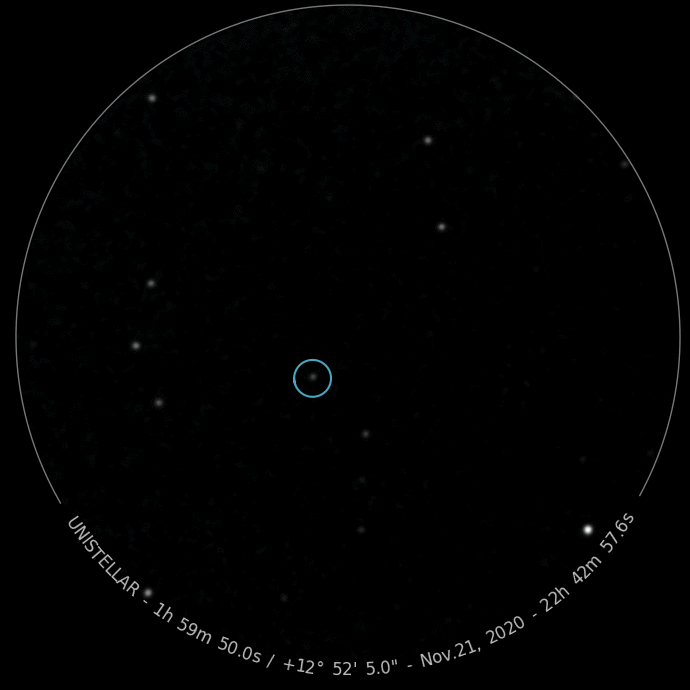
The advent of increasingly sophisticated, commercial-grade astronomical hardware and software is democratizing science in a profound way. Citizen scientists have helped find planets in other solar systems, classify galaxies, and spot supernovae. Closer to home, citizen scientists are helping unlock the mysteries of our own solar system through the science of occultations.
Continue Reading




